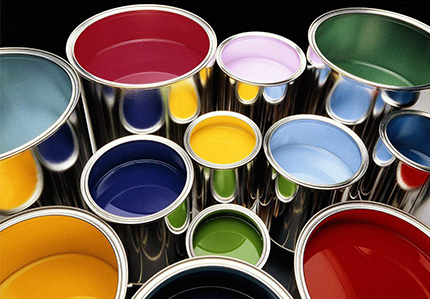Silicon hydrogen, also known as silane, is a compound made up of silicon and hydrogen elements, typically found in a colorless gas or liquid form. It possesses excellent chemical stability, good thermal conductivity, and surface activity, making it a widely used material in various fields. In particular, the unique properties of silicon hydrogen make it a key material for enhancing the performance of products in the electronics industry.
Improving Thermal Conductivity of Electronic Components
Silicon hydrogen is widely used in electronic products as a thermal conductive material. Since electronic components generate significant heat during operation, especially in high-performance chips and integrated circuits, heat dissipation has always been an important issue in design. Silicon hydrogen can effectively enhance the thermal conductivity of materials, ensuring that electronic devices remain stable during high-load operations. This characteristic makes silicon hydrogen particularly promising for applications in high-power electronic products.
Surface Modification and Corrosion Protection
The components and connecting parts of electronic devices are easily affected by oxidation and corrosion. By using silicon hydrogen to modify the surfaces of electronic products, a protective film can be formed, enhancing the ability to resist oxidation and corrosion. Silicon hydrogen, as a surface treatment material, not only improves the durability of products but also extends their lifespan.
Application in Integrated Circuit Packaging
Integrated circuit packaging is an essential process in the manufacturing of electronic products. Silicon hydrogen, with its excellent adhesion and thermal stability, can effectively improve the quality of the packaging in integrated circuits, ensuring the stability and reliability of the circuits. It protects the circuit from external environmental interference and enhances the performance of packaging materials, reducing the risk of thermal runaway.
Combination of Silicon Hydrogen with Optoelectronic Devices
Another potential application of silicon hydrogen is in optoelectronic devices. Due to its surface properties, silicon hydrogen can be combined with optoelectronic materials to enhance the efficiency of optoelectronic devices. In products such as solar cells and LED lighting, the application of silicon hydrogen can improve the photoelectric conversion efficiency and durability of the devices, expanding its application prospects in the new energy sector.
Future Development and Challenges
Although the application prospects of silicon hydrogen in electronic products are vast, there are still some challenges to overcome. For example, optimizing its compatibility with different materials and improving the precision of the production process remain key issues. With ongoing technological breakthroughs, the application of silicon hydrogen in electronic products will gradually mature and unlock even greater potential.
Silicon hydrogen, with its exceptional thermal conductivity, surface activity, and corrosion resistance, has become an indispensable material in electronic products. From integrated circuit packaging to optoelectronic device applications, the prospects of silicon hydrogen are immense. As technology advances, the innovative applications of silicon hydrogen in the electronics industry will continue to drive the improvement of electronic product performance.
 English
English 日本語
日本語 한국어
한국어 français
français Deutsch
Deutsch Español
Español italiano
italiano русский
русский português
português العربية
العربية tiếng việt
tiếng việt


